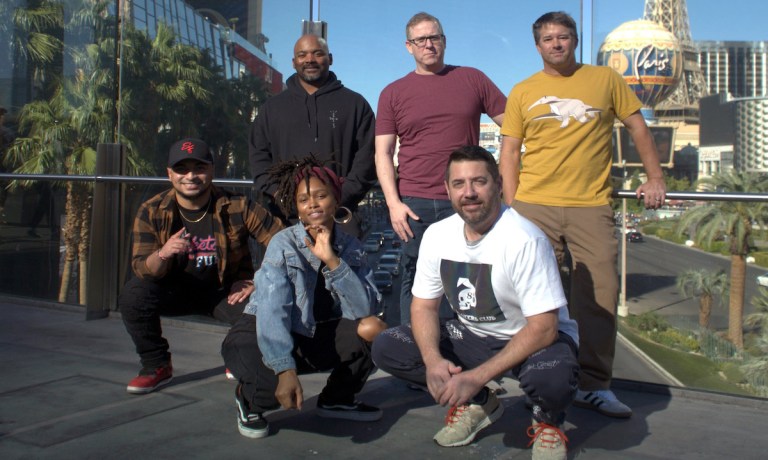
TheDrop.com, a youth lifestyle marketplace platform, has raised $4.6 million through a Series A funding round, bringing the company’s total funding to $8.5 million.
The Las Vegas company announced the funding in a news release on Monday (Nov. 22), saying that it plans to use the money to “launch new content and brand ‘storytelling’ strategies, create real-time personalization across its user experience and bring its entire DTC ecosystem to new parts of the world.”
CEO Matt Falcinelli said TheDrop.com is popular with millennials and Gen Z customers hoping to discover emerging designers while shipping for their favorite brands. “We solve the primary challenge of the $200 billion youth lifestyle market: ‘How do brands grow their direct-to-consumer (D2C) business while the consumer is still a multi-brand shopper, spending 80% of that $200 billion at multi-brand destinations?’”
He added that his platform gives merchants extended reach and D2C margins, while customers can enjoy a “curated multi-brand destination” that offers more than 70 new “drops” each day from more than 700 brands.
The company says a number of boutique retailers have given it credit for helping them stay open during the COVID-19 pandemic. “Through this experience, many of these one- and two-location retail shops have come to realize their own digital reach is not sufficient to succeed, and needs to be complemented with access to a curated, multi-brand digital sales channel,” the news release says.
Read more: D2C Apparel Retailers Tempt Investors With Forecast for 80K Fewer Physical Stores to Compete With
PYMNTS highlighted this paradigm shift in a story on the D2C apparel industry in October.
For example, when Rent the Runway filed with the Securities and Exchange Commission (SEC) for a public listing, it noted that as many as 80,000 retailers will close their doors in the next five years, meaning D2C will become an “essential channel.”
And the fast-fashion brand Lulus wrote in its S-1 filing with the SEC that even brands that want to shift to a more omnichannel model still find themselves locked in a drawn-out merchandising and buying cycle that forces brands and retailers to forecast trends and customer demands far into the future.